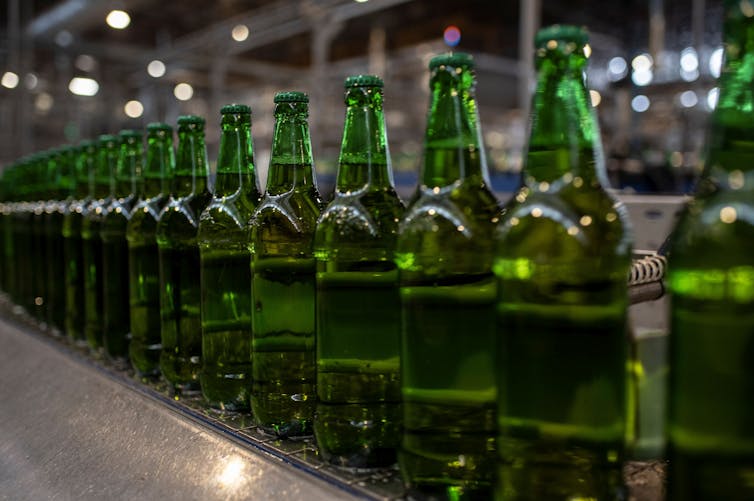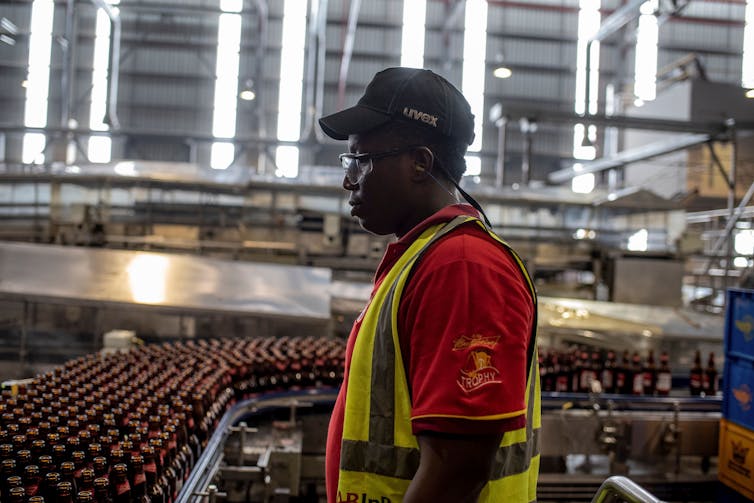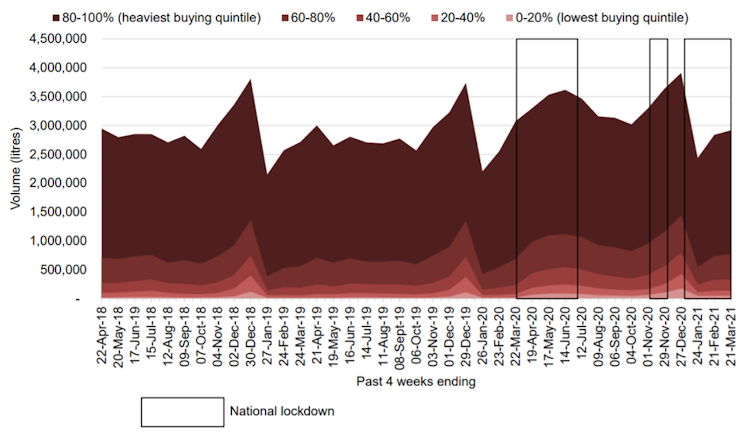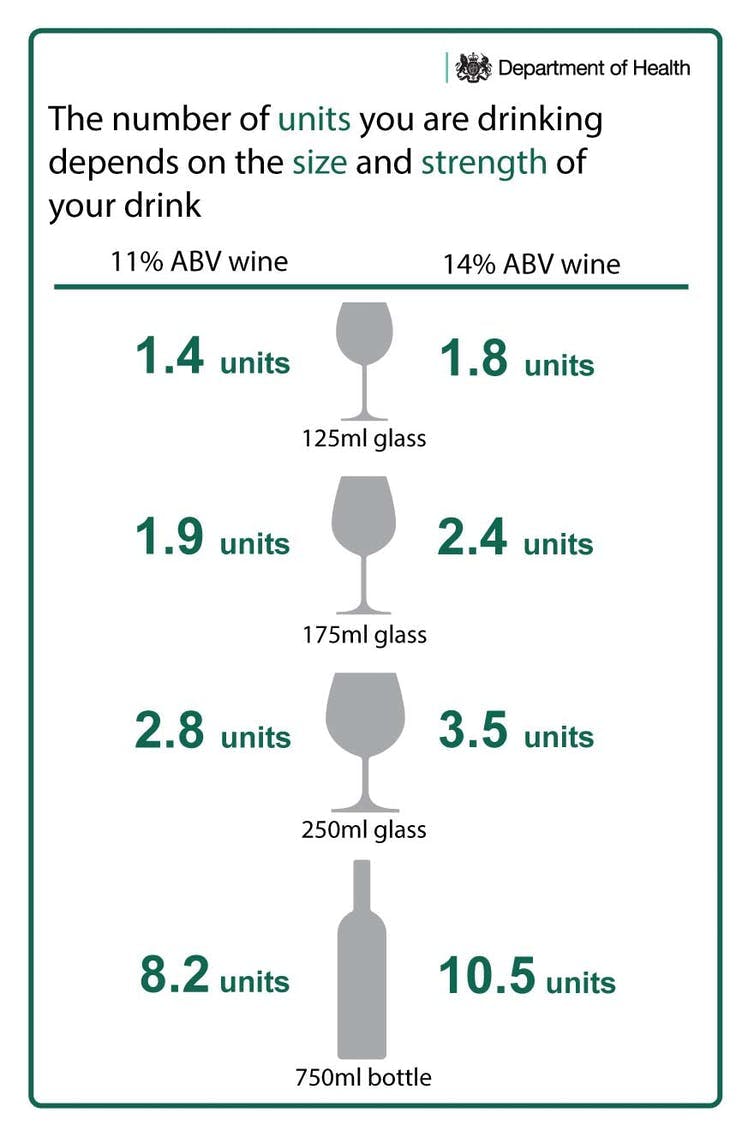
Children and people having difficulties with alcohol should be spared from a “constant bombardment” of alcohol advertising, say health experts with the backing of MPs.
The group describes it as “bizarre” alcohol is not part of the Health and Care Bill, which is meant to introduce advertising restrictions such as a 9pm watershed for ‘less healthy food or drink’ from the end of next year.
“With deaths linked to alcohol at record highs, we are in desperate need of a new approach,” said Professor Sir Ian Gilmore, who heads the Alcohol Health Alliance, which represents over 60 NGOs.
The call comes with the release of a report highlighting how alcohol marketing can be problematic for vulnerable groups, such as those in recovery being a ‘trigger’ for relapse. It says the UK should fall into line with the WHO recommendation to restrict alcohol marketing.

The intense alcohol marketing of alcohol over Christmas and at sports events, makes it difficult for those in active addiction and recovery to fully participate in everyday life, they say.
Speaking at the report launch, Melissa Rice, who is in recovery, asked attendees to imagine the difficulties that might arise if Gogglebox was sponsored by cocaine.
MPs backing the call include Conservatives Christian Wakeford, chair of a parliamentary committee on alcohol harm and the Labour vice-chair, Dan Carden.
They also include Alex Norris, Labour’s Shadow Public Health Secretary, and Conservative Derek Thomas, Commissioner for Alcohol Harm. ■







